1. Style Becomes Personal, Not Performative

Comfort-based choices reflect your quirks—your favorite textures, nostalgic items, and the chair no one else loves but you. It’s less about chasing an aesthetic and more about creating a vibe that feels right. Trends dissolve; identity surfaces. The home becomes autobiographical.
There’s freedom in refusing rules. You mix patterns because they make you smile, not because they match. Comfort clears the way for authenticity. Design begins to resemble you—not a catalog.
2. You Actually Use Your Furniture

When comfort becomes the priority, you stop worrying whether your sofa’s silhouette matches a mood board—and start sinking into it nightly. Deep cushions, cozy fabrics, and plush throws invite real-life lounging, not picture-perfect poses. You live in the space instead of tiptoeing around it. Suddenly, everything serves you—not just your feed.
Guests feel that shift too—they’ll curl up, stretch out, and stay longer. The room says “be here” instead of “don’t mess this up.” Furniture becomes a backdrop to connection. It’s about feeling good, not looking staged.
3. Rooms Start Supporting Your Routines
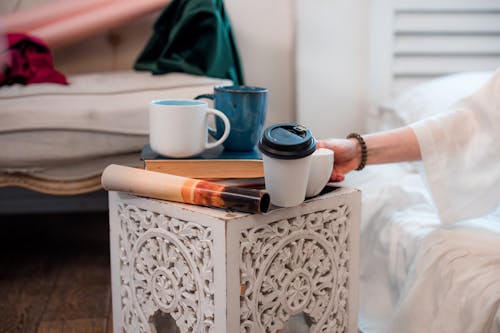
Decor choices driven by comfort reflect your rhythms—blankets on reading chairs, mugs within reach, slippers tucked into baskets. You stop designing for occasions and start designing for daily life. Spaces hold you through sleepy mornings, messy dinners, and impromptu dance breaks. The home starts feeling like a collaborator.
Function becomes intuitive: lamps are reachable, lighting is gentle, and storage flows with movement. You aren’t just displaying beauty—you’re orchestrating ease. A home tuned to your life feels like an ally. It anticipates, not interrupts.
4. Guests Feel More at Ease
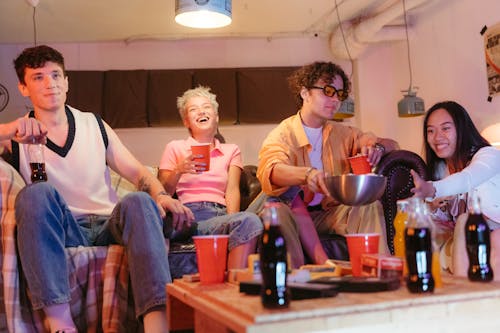
When decor prioritizes comfort, it signals warmth—soft lighting, approachable seating, and relaxed arrangements. Guests sense they’re meant to settle in, not admire from afar. They kick off shoes, grab throws, and reach for seconds. The space offers emotional permission.
Hospitality gets easier when people feel part of the room, not performance. Cozy corners beat curated vignettes every time. Your home stops showing off—and starts showing up. Familiarity becomes the main feature.
5. Imperfection Becomes Part of the Charm
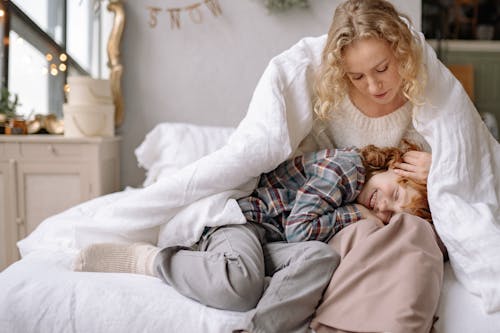
Comfort-first homes accept wear, patina, and objects that don’t match—and that makes them memorable. You stop chasing visual precision and start embracing layers: the chipped mug, the inherited blanket, the book stack you haven’t shelved. Imperfection signals humanity. It says “life happens here.”
This attitude diffuses pressure and encourages play. You decorate with sentiment, not status. Every scuff holds a story—and every story invites warmth. The home becomes a museum of motion.
6. Sensory Wellness Takes the Lead
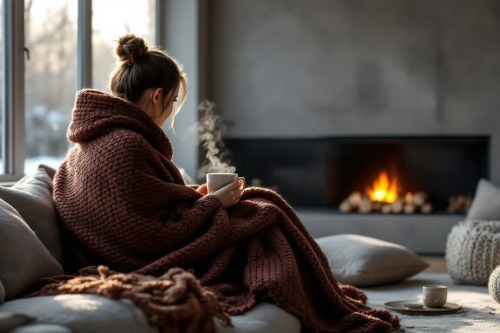
Aesthetic-led spaces often forget how things feel: scratchy fabrics, harsh lighting, rigid seating. Comfort-first design enhances tactile experience, scent, sound, and temperature. You seek out softness, warmth, and emotional cues. It’s decorating as emotional regulation.
From dimmable lights to textured throws, each element soothes instead of stimulates. Even the air feels gentler when the design flows. You start feeling better—not just living prettier. The body sighs when the space listens.
7. Spaces Stay in Use Longer
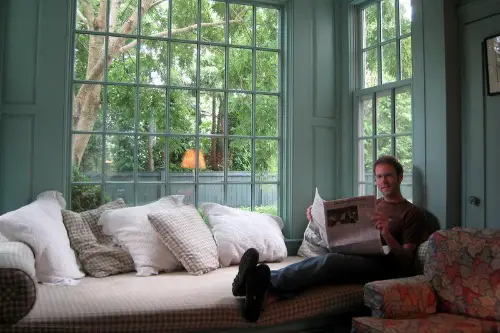
When a room feels good, it gets used—morning, afternoon, late night. Decor that serves comfort keeps people coming back, whether for work-from-home marathons or weekend naps. There’s no off-limits furniture or “guest-only” zones. Every inch becomes familiar.
This utility boosts satisfaction and longevity. Trends fade, but comfort endures. You live in your home—not around it. Design becomes sustainable by staying loved.
8. Maintenance Gets Simpler

Materials chosen for comfort often mean durability—washable fabrics, forgiving finishes, furniture that tolerates life’s messes. You stop polishing and start enjoying. When your decor can take a spill and bounce back, stress takes a backseat. Practical equals peaceful.
Comfort-first homes don’t panic—they pivot. You tidy because it feels good, not because it’s demanded. Mess becomes manageable, not monumental. Your home works with you, not against you.
This post What Happens When You Decorate for Comfort Instead of Aesthetics was first published on Greenhouse Black.
